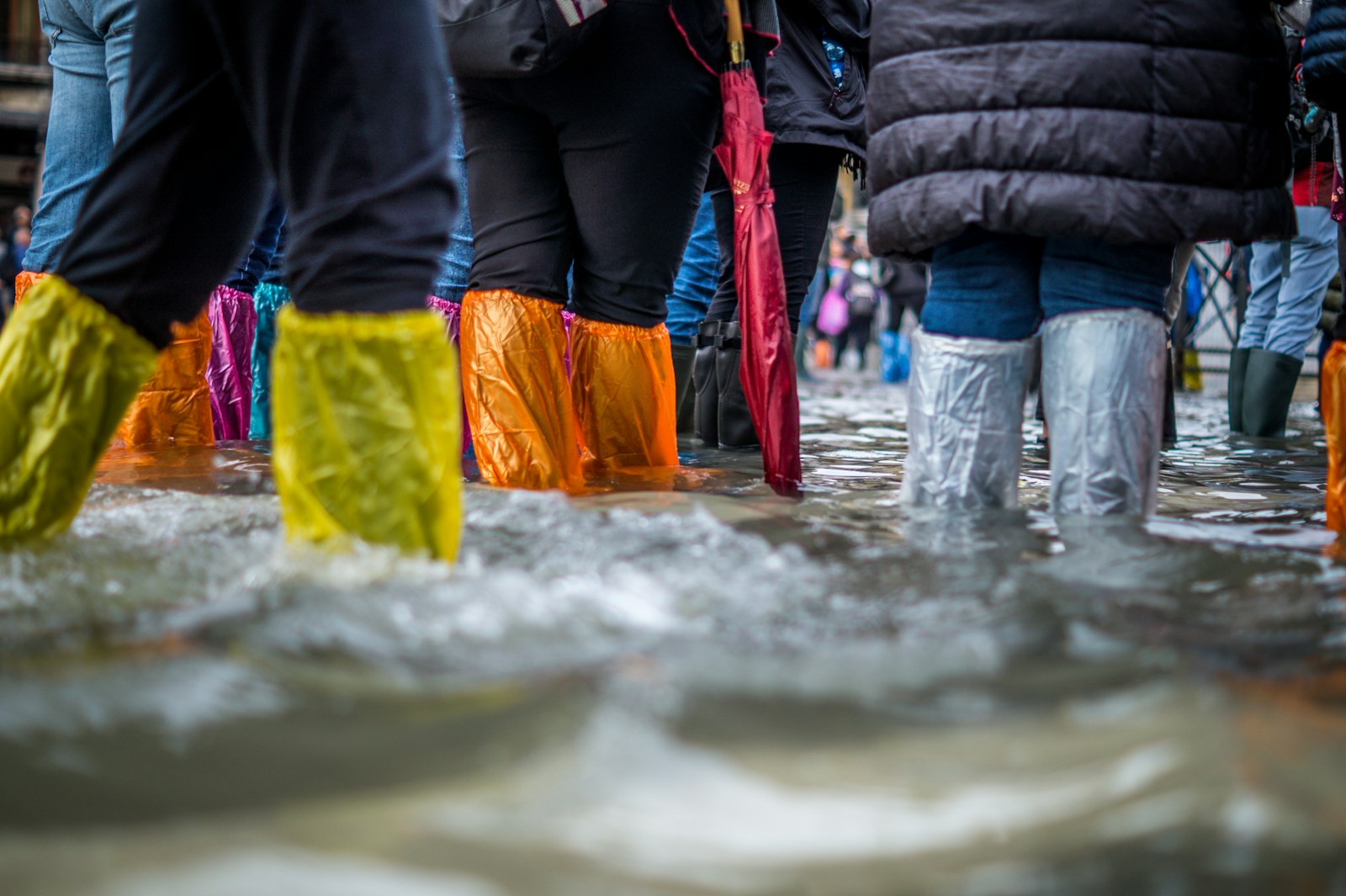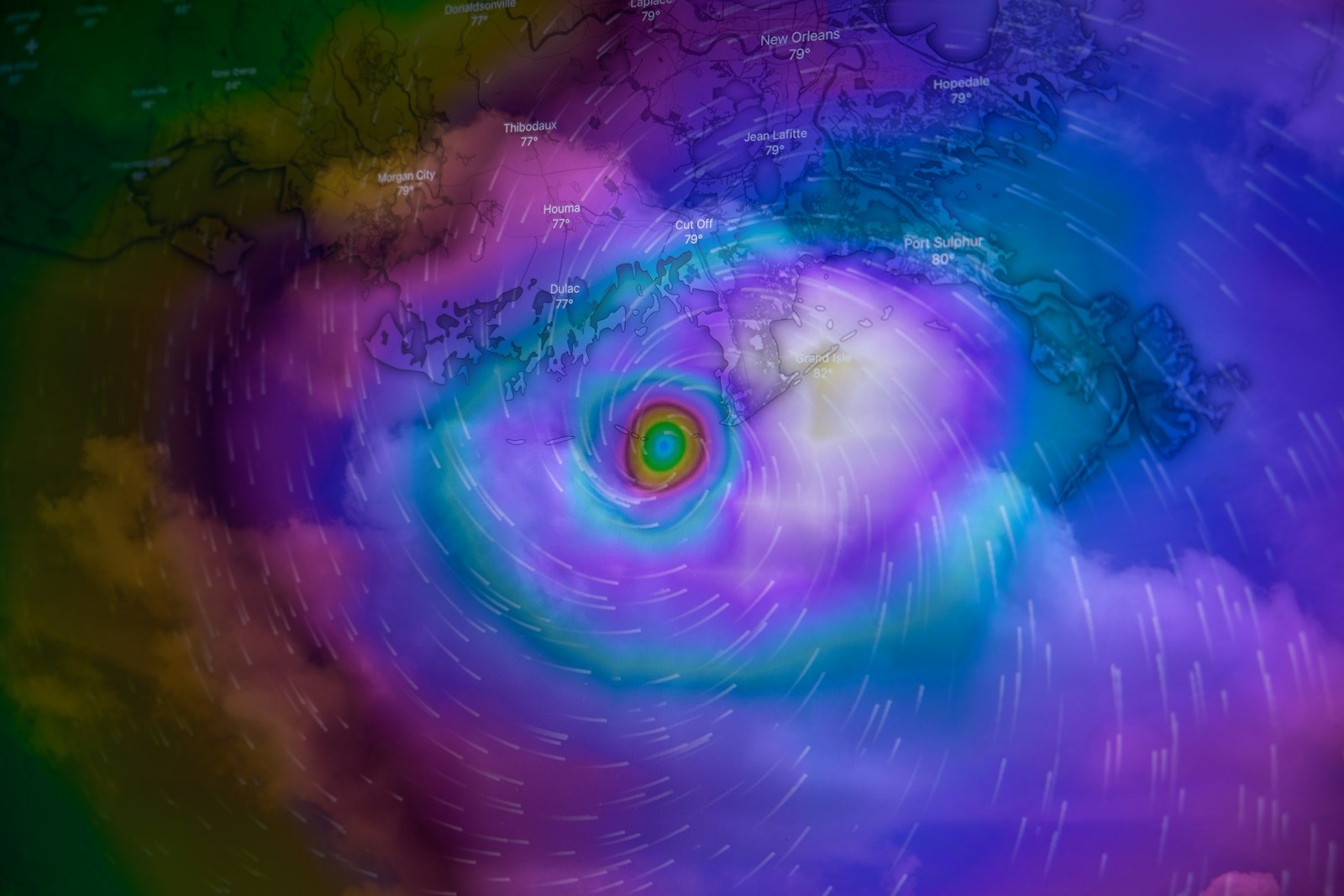Table of Contents
ToggleIntroduction:
Daylight Saving Time, or DST, is a system in which we advance our clocks by one hour during the summer months to extend daylight hours in the evening. This practice has been adopted by many countries worldwide, including the United States, Canada, and many European nations. However, while DST may have its benefits, it also has some environmental impacts that are worth considering.
In this article, we will examine the various ways in which DST affects the environment and explore the potential benefits and drawbacks of this practice.
Energy Consumption:
One of the primary reasons why DST was initially implemented was to save energy. By extending the hours of daylight in the evening, it was believed that people would use less energy for lighting and other activities. However, recent studies have shown that the actual energy savings are minimal and may even be offset by increased energy consumption in other areas.
For example, people may use more energy for air conditioning during the hotter afternoons, which could cancel out any energy savings from reduced lighting. Furthermore, the energy savings from DST may be less significant in modern times, as many households and businesses use energy-efficient lighting and appliances.
Transportation:
Another way in which DST affects the environment is through transportation. With more daylight hours in the evening, people are more likely to stay out later and travel more. This increased travel can lead to more traffic congestion, increased fuel consumption, and higher levels of pollution.
Moreover, the practice of DST may also impact public transportation schedules, which can lead to increased emissions from buses, trains, and other vehicles. This could have significant consequences for people who live in urban areas, where air pollution levels are already high.
Agriculture:
DST can also have an impact on agriculture, particularly in areas where farming is a significant industry. The changing daylight hours can disrupt natural rhythms, making it harder for plants and animals to adapt. This can lead to reduced productivity, which could have economic consequences for farmers and food producers.
Moreover, DST can also affect the timing of harvests, which could lead to produce being picked too early or too late. This could result in lower quality fruits and vegetables, which could impact consumer demand and result in increased waste.
Human Health:
Another potential impact of DST is on human health. The changing of the clocks can disrupt natural sleep patterns, leading to increased fatigue and other health problems. This can have a ripple effect on productivity, workplace safety, and overall quality of life.
Moreover, studies have shown that the switch to DST can also lead to an increase in traffic accidents and workplace injuries, particularly in the days immediately following the change. This can have significant consequences for public health and safety.
Conclusion:
While DST may have some benefits, such as providing more daylight for outdoor activities and reducing crime rates, it also has several environmental impacts that are worth considering. From increased energy consumption to disrupted agricultural rhythms, the practice of DST can have wide-ranging effects on the environment and human health.
As such, it is important for policymakers to carefully consider the costs and benefits of DST before implementing this practice. Additionally, individuals can take steps to mitigate the environmental impacts of DST, such as reducing their energy consumption and using public transportation whenever possible. Ultimately, the goal should be to strike a balance between the benefits of extended daylight hours and the potential negative consequences of DST.








1 thought on “The Environmental Impact of Daylight Saving Time: What You Need to Know”
Pingback: Turning the Clocks: Daylight Savings 2024 - Sustainability Awakening